Dollar Smile Theory
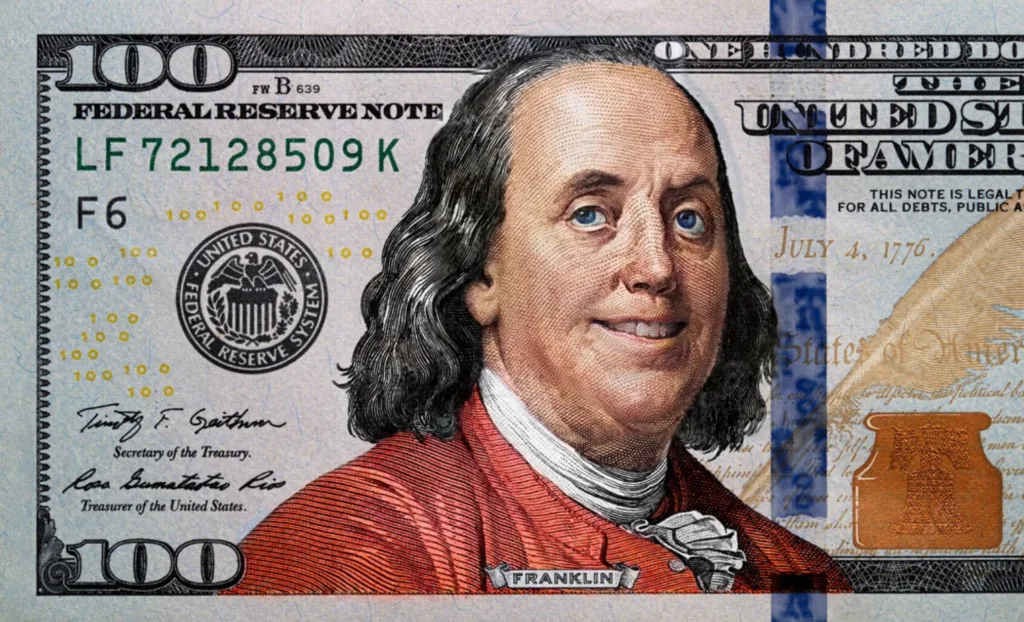
I. Introduction
- Introduce the Dollar Smile Theory
- Explain the concept of the “Dollar Smile” and its relevance to the US economy
II. The Dollar Smile Theory Explained
- Understanding the Dollar Smile Theory
- The Concept of the Dollar Smile
- Factors Affecting the Dollar Smile
- The Three Phases of the Dollar Smile
- Phase 1 – Very Strong US Economy and Rising Interest Rates
- Phase 2 – Economic Stagnation of the United States
- Phase 3 – Security of the Dollar and Attraction of Funds
III. Phase 1: Very Strong US Economy and Rising Interest Rates
- The Relationship Between a Strong Economy and Interest Rates
- The Impact of Rising Interest Rates on the Dollar
- How a Strong Dollar Affects the US Economy and Global Trade
IV. Phase 2: Economic Stagnation of the United States
- Causes of Economic Stagnation in the US
- The Role of the Dollar During Economic Downturns
- Implications of a Strong Dollar in Times of Economic Stagnation
V. Phase 3: Security of the Dollar and Attraction of Funds
- Why Investors Seek the Safety of the Dollar
- The Dollar as a Reserve Currency
- The Impact of a Strong Dollar on Foreign Investments
VI. The Dollar Smile Theory in Practice
- Historical Examples of the Dollar Smile
- How Central Banks Influence the Dollar Smile
- Criticisms and Limitations of the Dollar Smile Theory
VII. The Interplay Between the Dollar and Other Currencies
- The Effect of the Dollar Smile on Other Major Currencies
- How Currency Markets React to the Dollar Smile
- Exchange Rate Volatility and Hedging Strategies
VIII. The Future of the Dollar Smile Theory
- Predictions and Forecasts
- External Factors Influencing the Dollar Smile
- The Dollar’s Role in a Globalized Economy
IX. Conclusion
- Recap the key points of the Dollar Smile Theory
- Emphasize the significance of the theory in understanding the dollar’s behavior
- Encourage further research and analysis on the topic
Introduction
Welcome to the fascinating world of the Dollar Smile Theory! Have you ever wondered why the value of the US dollar seems to fluctuate in unique patterns, sometimes smiling brightly, and at other times displaying a more somber expression? This intriguing phenomenon can be attributed to what economists refer to as the “Dollar Smile.” In this article, we’ll delve into the depths of this theory and uncover its secrets, shedding light on how the strength of the US economy and economic stagnation influence the dollar’s fortunes.
The Dollar Smile Theory Explained
Understanding the Dollar Smile Theory
Before we delve into the various phases of the Dollar Smile, let’s grasp the concept behind this intriguing theory. Picture the movement of the US dollar over time as a smile, characterized by three distinct phases. These phases arise from specific economic conditions that influence investors’ perceptions and behaviors.

The Three Phases of the Dollar Smile
The Dollar Smile Theory unfolds in three distinct phases, each with its own economic backdrop and implications for the US dollar’s value.
Phase 1: Very Strong US Economy and Rising Interest Rates
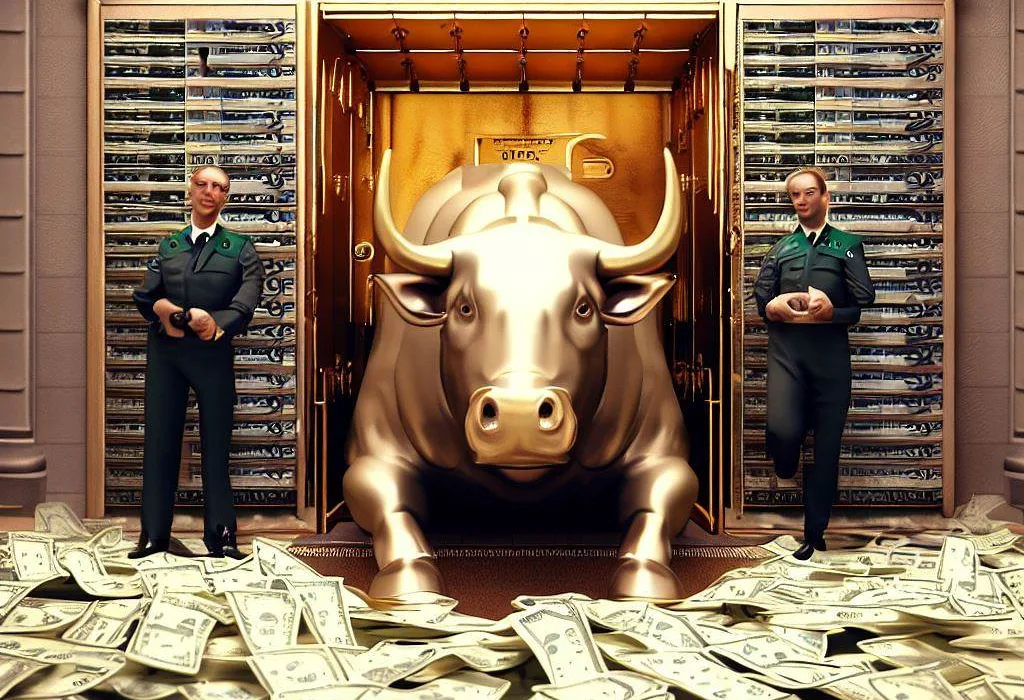
In this phase, the US economy boasts robust growth, fueling investor confidence. As the economy flourishes, the Federal Reserve responds by increasing interest rates to prevent inflation from running rampant. This makes US assets more attractive to investors seeking higher yields, leading to a stronger dollar.
Phase 2: Economic Stagnation of the United States
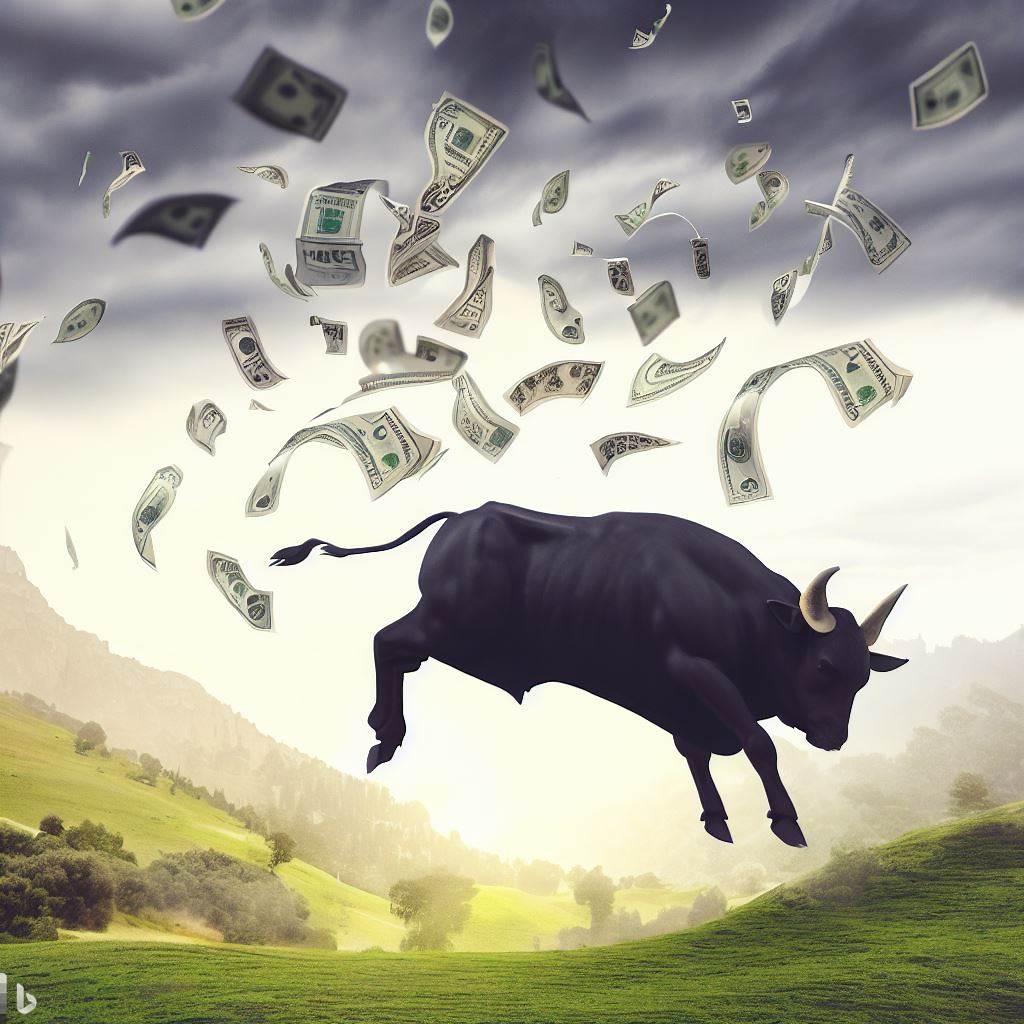
Conversely, there are times when the US economy faces stagnation or a slowdown. During these periods, investors become more risk-averse, seeking safety in stable assets, including the US dollar. As a result, the dollar appreciates, forming the second part of the Dollar Smile.
Phase 3: Security of the Dollar and Attraction of Funds

The third phase of the Dollar Smile emerges when global economic uncertainty prevails. In times of crisis, investors worldwide flock to the perceived safety of the US dollar, further strengthening its value. Additionally, the dollar’s status as the world’s primary reserve currency amplifies its attractiveness in uncertain times.
Phase 1: Very Strong US Economy and Rising Interest Rates
The Relationship Between a Strong Economy and Interest Rates
A booming US economy goes hand in hand with rising interest rates. As economic growth surges, demand for goods and services increases, leading to potential inflationary pressures.
To counter this, the Federal Reserve takes a proactive approach by raising interest rates. Higher interest rates not only help control inflation but also make US bonds and investments more appealing to foreign investors, driving up the demand for dollars.

The Impact of Rising Interest Rates on the Dollar
The connection between rising interest rates and a stronger dollar is a crucial aspect of the Dollar Smile Theory. As interest rates climb, foreign investors seeking attractive returns flock to the US to capitalize on the higher yields. Consequently, there is an increased demand for the US dollar, driving up its value relative to other currencies.
How a Strong Dollar Affects the US Economy and Global Trade
While a strong dollar signifies the strength of the US economy, it can also have both positive and negative effects. On the one hand, it makes imports cheaper, benefiting consumers and keeping inflation in check. On the other hand, a strong dollar can hamper US exports by making them relatively more expensive for foreign buyers. This interplay between the dollar’s strength and global trade dynamics is an essential consideration for policymakers.
Phase 2: Economic Stagnation of the United States
Causes of Economic Stagnation in the US
Economic stagnation in the US can result from various factors, including reduced consumer spending, low business investment, or external shocks like a global financial crisis. During these periods, economic growth slows down or contracts, leading to diminished confidence among investors and businesses alike.
The Role of the Dollar During Economic Downturns
In times of economic uncertainty, investors seek safe-haven assets to protect their capital from potential losses. The US dollar, being considered a reliable store of value, attracts significant inflows during economic downturns, causing its value to rise.
Implications of a Strong Dollar in Times of Economic Stagnation
While a strong dollar can provide some economic stability during times of uncertainty, it can also create challenges for US exporters. With the dollar’s strength making American goods more expensive for foreign buyers, export-oriented industries may face headwinds.
Phase 3: Security of the Dollar and Attraction of Funds
Why Investors Seek the Safety of the Dollar
In uncertain economic climates, investors and governments worldwide seek refuge in safe assets. The US dollar, backed by the country’s economic and political stability, is regarded as a secure haven during times of crisis, attracting significant capital inflows.
The Dollar as a Reserve Currency
The US dollar’s status as the world’s primary reserve currency further solidifies its appeal. Many central banks hold significant portions of their foreign exchange reserves in US dollars, reinforcing the dollar’s pivotal role in international trade and finance.
The Impact of a Strong Dollar on Foreign Investments
A strong dollar affects not only trade but also foreign direct investments (FDI). When the dollar is robust, foreign investments become relatively cheaper for US investors, potentially driving increased FDI outflows from the US.
The Dollar Smile Theory in Practice
Historical Examples of the Dollar Smile
Throughout history, the Dollar Smile Theory has manifested in various economic scenarios. Examining these past occurrences can shed light on how the theory plays out in real-world situations.
How Central Banks Influence the Dollar Smile
Central banks, as monetary authorities, play a crucial role in shaping their respective countries’ currencies. Understanding their actions and interventions can provide valuable insights into Dollar Smile’s dynamics.
Criticisms and Limitations of the Dollar Smile Theory
Like any economic theory, the Dollar Smile has faced criticisms and limitations. Addressing these critiques can help us better comprehend the theory’s strengths and weaknesses.
The Interplay Between the Dollar and Other Currencies
The Effect of the Dollar Smile on Other Major Currencies
The Dollar Smile doesn’t operate in isolation; it impacts other major currencies. Analyzing how the dollar’s movements influence other currency pairs can offer valuable trading and investment strategies.
How Currency Markets React to the Dollar Smile
Currency markets are highly responsive to changes in the US dollar’s value. Traders and investors actively monitor these movements, attempting to predict future trends and capitalize on potential opportunities.
Exchange Rate Volatility and Hedging Strategies
Exchange rate fluctuations can introduce uncertainty and risks for businesses engaged in international trade. Understanding how to mitigate these risks through hedging strategies is crucial for long-term stability.
The Future of the Dollar Smile Theory
Predictions and Forecasts
Economists and analysts continually analyze economic data and trends to make predictions about the future behavior of the dollar. Examining these forecasts can offer valuable insights into potential developments.
External Factors Influencing the Dollar Smile
Several external factors, such as geopolitical events and global economic conditions, can influence the Dollar Smile’s trajectory. Recognizing these influences is essential for making informed decisions in an interconnected world.
The Dollar’s Role in a Globalized Economy
As globalization continues to shape the world economy, understanding the dollar’s role and its implications for global trade and finance is more critical than ever.
Conclusion
The Dollar Smile Theory provides us with a unique lens through which we can examine the complex relationship between the US economy and the value of the dollar. By understanding the three phases of the Dollar Smile and their underlying drivers, we gain valuable insights into the dynamics of global finance. Whether the US economy flourishes or faces stagnation, the dollar remains at the center of international trade and investments, wielding its influence across the globe.
So, the next time you see the dollar rise and fall, remember the Dollar Smile Theory and the fascinating economic forces at play. As you observe the world’s financial markets, always keep in mind that the story behind the dollar’s smile is one of resilience, adaptability, and unwavering appeal.
Fundamental Trader
Our trader assistant (Fundamental trader), designed specifically for use with Metatrader 4 & 5, is a comprehensive expert advisor that gathers all necessary data. By utilizing fundamental bias, market sentiment, risk analysis, economic calendars, COT reports, and currency pair forecasts, one can effectively minimize erroneous trades.

Ziwox Terminal | Ziwox calendar | Market Summary


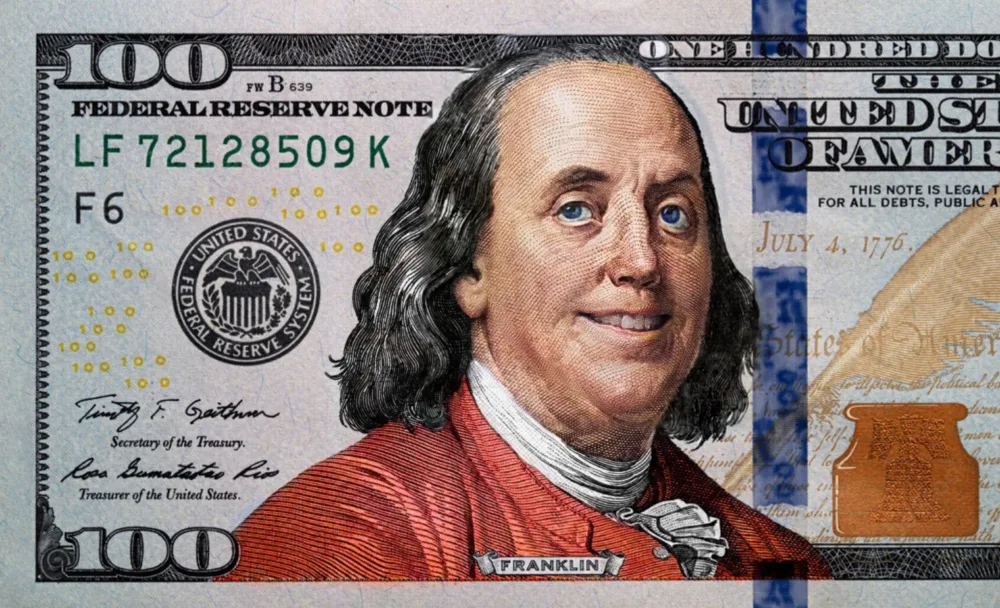
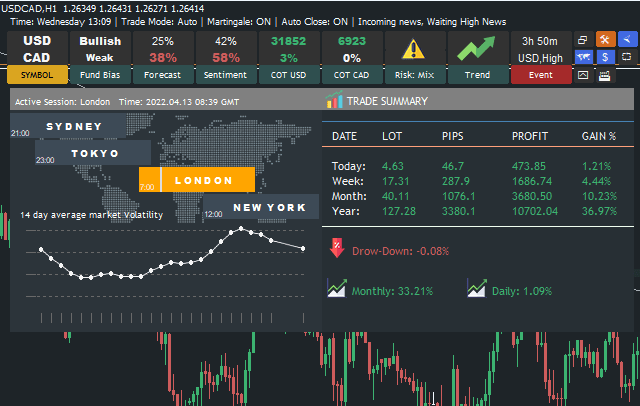


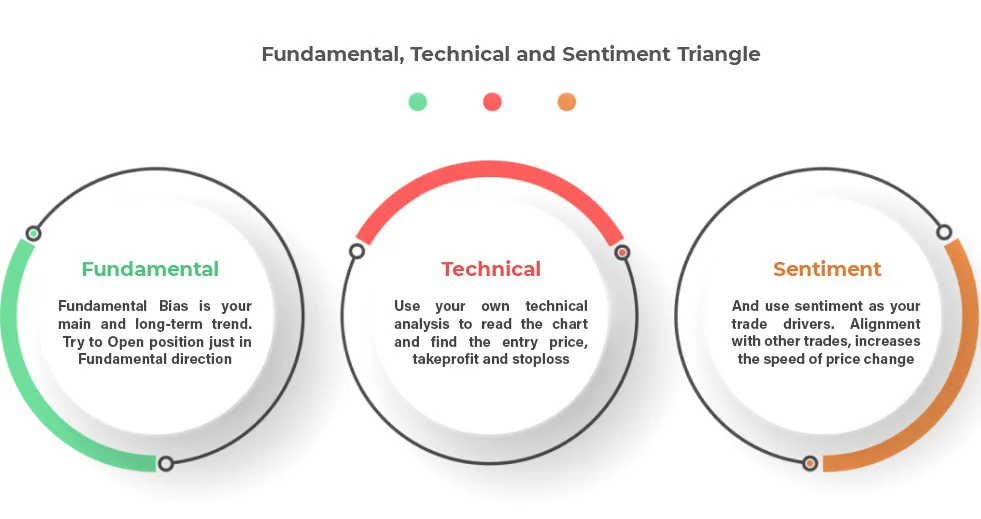
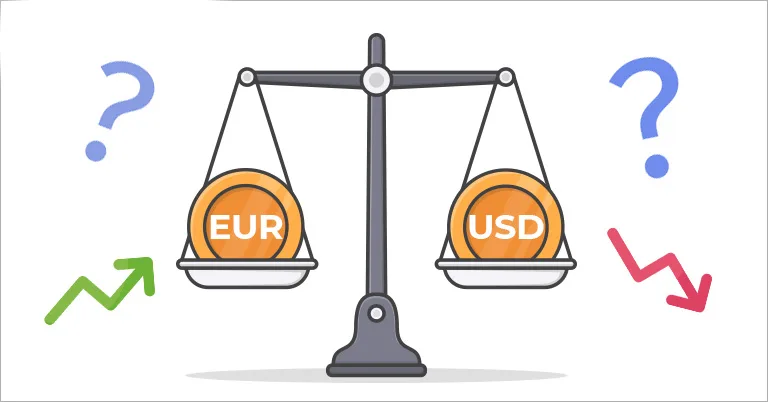
Leave a Reply
You must be logged in to post a comment.